Yorkshire's Largest Freshwater Lake - Hornsea Mere
A Trip to the Seaside
Hornsea mere, situated just on the western edge of the popular seaside resort of Hornsea on the east coast is privately owned by the Wassand estate and is Yorkshire’s largest freshwater lake. Surrounded by farmland, woodland and reedbed, and with several points of access, visiting the mere can be incorporated into a family day out as there is something for everyone.
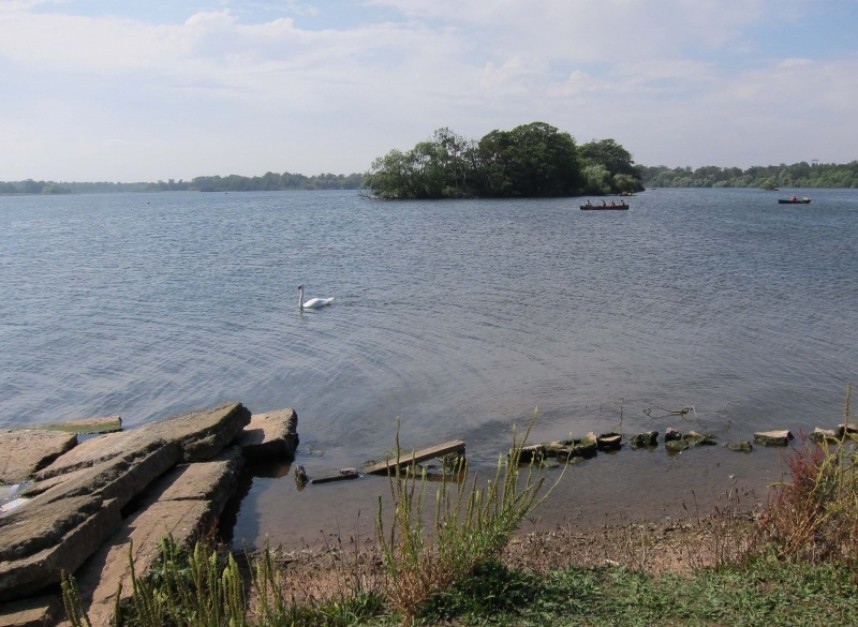
Kirkholme Point and Swan Island © Richard Baines
Parking at Kirkholme point (signposted from the town centre) you can view the open water, with wildfowl in winter and thousands of hirundines and swifts in the summer, the shallow water providing food for both.
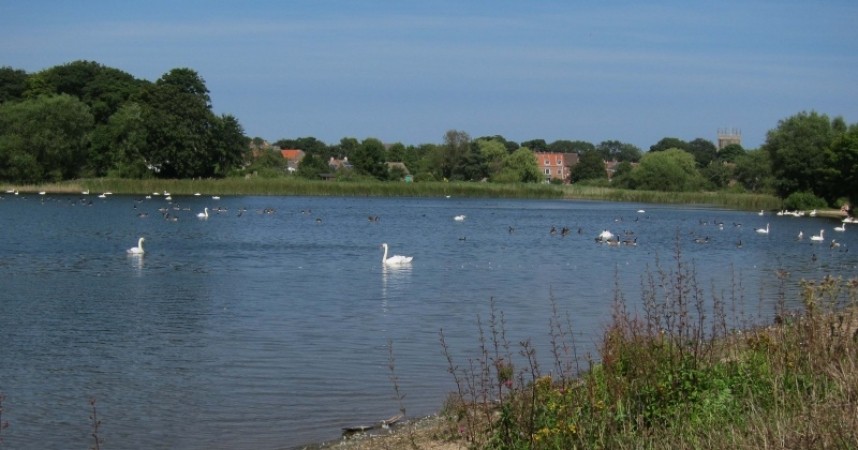
Kirkholme Point looking east © Richard Baines
Many of the resident wildfowl linger around the car park looking for their daily feed from visitors and this can provide an excellent opportunity to see species at close quarters and can entertain any youngsters in your party. Café and toilets are available at the car park. Rarer ducks and grebes are not uncommon on the mere and are often seen from the point.
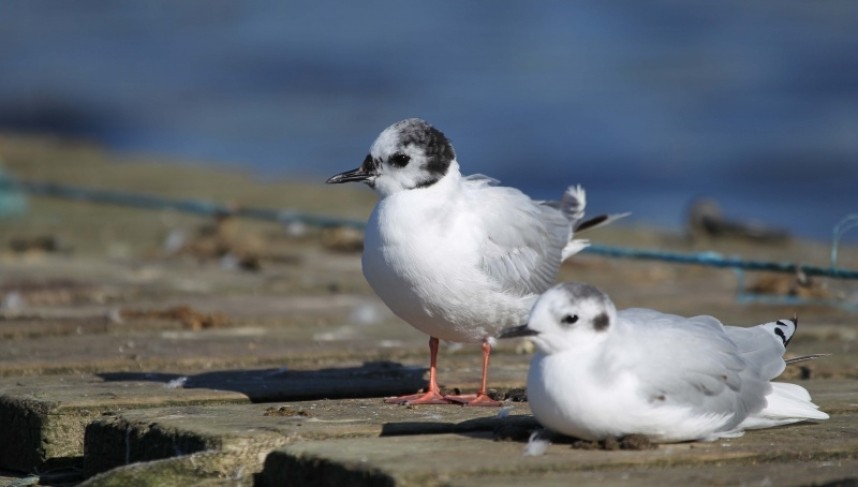
Little Gulls roosting on the boat pontoons © Richard Baines
In the past few years the Mere has attracted hundreds of birders to see two very rare swifts; Britain’s first White-rumped Swift in October 2018 and a Pacific Swift in August 2019. Mid-late summer is also a great time to see little gulls here. Hornsea Mere hosts the largest concentrations in the UK. Most years numbers reach several thousand, peaking on evenings when big flocks arrive to roost. Look out for small groups of little gulls during the day resting on the pontoons next to the café.
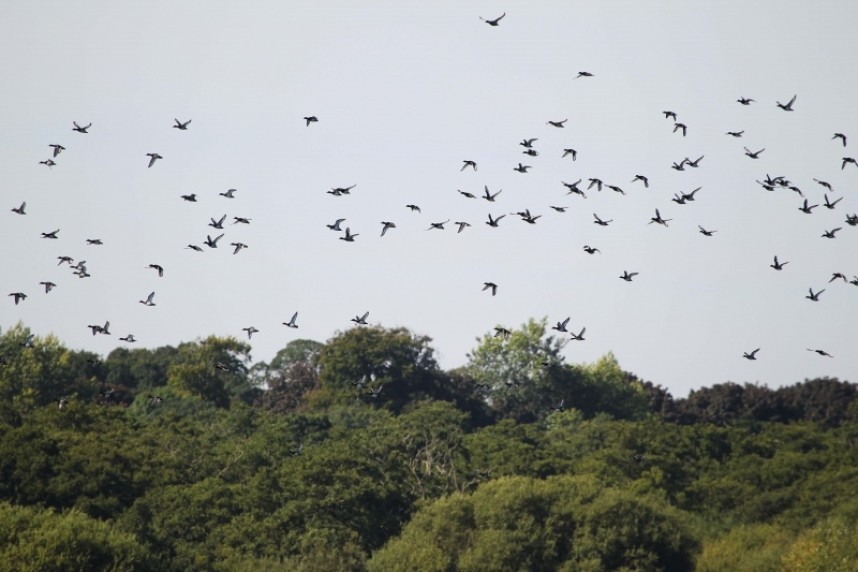
wildfowl over the Wassand Estate Woodland © Richard Baines
When the muddy edge of the point is exposed in autumn then waders such as redshank, common sandpiper and little stint feed close to the car park. If you are very lucky you might even find a phalarope here. These are rare birds in our region but Kirkholme Point has proved attractive to these beautiful birds in recent years.
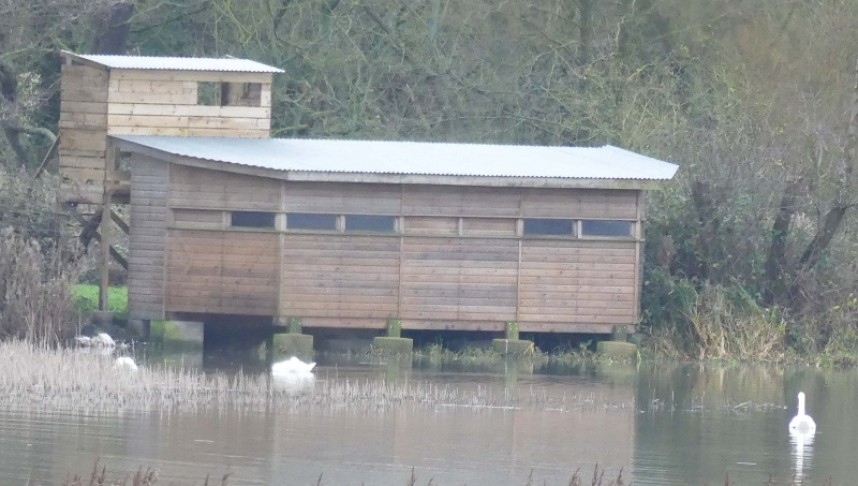
The Wassand Estate bird hide © Margaret Boyd
At the western end of the mere there is now a new hide overlooking decoy bay. This is by ticket only which can be purchased from the cottage on the road leading to Wassand hall, accessed from the A1035. Parking here, it is a twenty-minute walk down to the hide, crossing farmland, good for buzzard, green woodpecker and winter thrushes, then through some mature deciduous woodland with treecreeper, great spotted woodpecker, chiffchaff, blackcap and jay. The hide gives good views over the reedbed where marsh harriers have bred now for several years and it would be unusual not to spot one, look out also for bittern, especially in winter. The water here is very sheltered and so concentrates the wildfowl, the whistling of the wigeons echoing around the bay.
It’s also possible to view the main body of water from the footpath that is adjacent to the southern edge of the mere (park on residential side roads off Hull Road). Walking along the footpath you get good views over the water but the route also gives an opportunity to see hedgerow birds; tree sparrows, yellowhammers and reed bunting, redwings and fieldfare in winter.
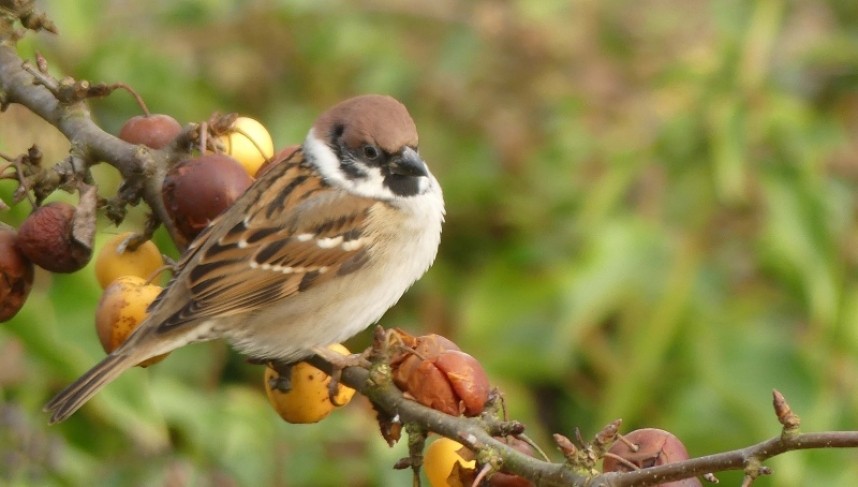
Tree Sparrow © Margaret Boyd
For a number of years there has been a small wintering flock (approximately 100) of barnacle geese that feed on stubble feeds higher up the slope which can be seen by continuing along the footpath, pink footed geese can also be seen in these fields. Eventually this footpath will join with the path to the hide but give yourself plenty of time, walking the full circular route, coming back along the main route is about six miles; great for an invigorating walk with the family.
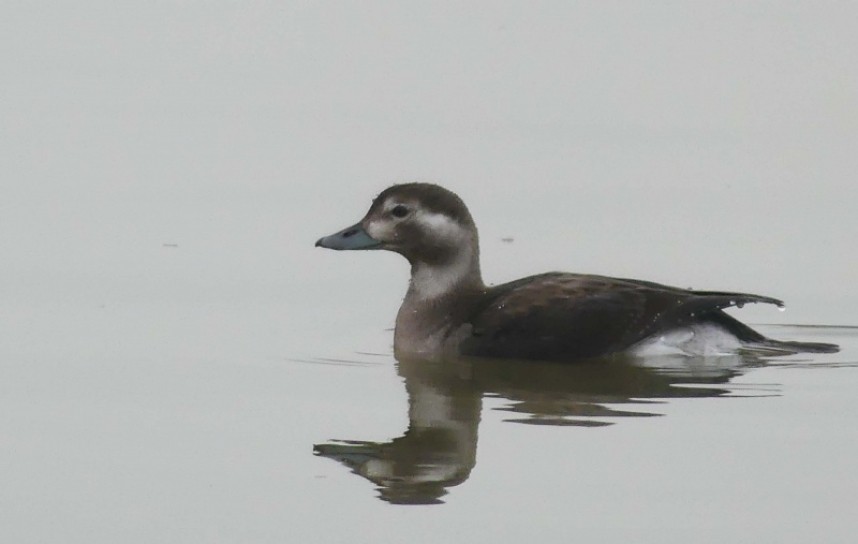
Long-tailed Duck Honsea Mere Nov 2019 © Margaret Boyd
However you choose to visit Hornsea mere you are guaranteed to see a wide selection of bird life throughout the year, some very close indeed.
Margaret Boyd and Richard Baines YCN



 Back to Blog
Back to Blog
